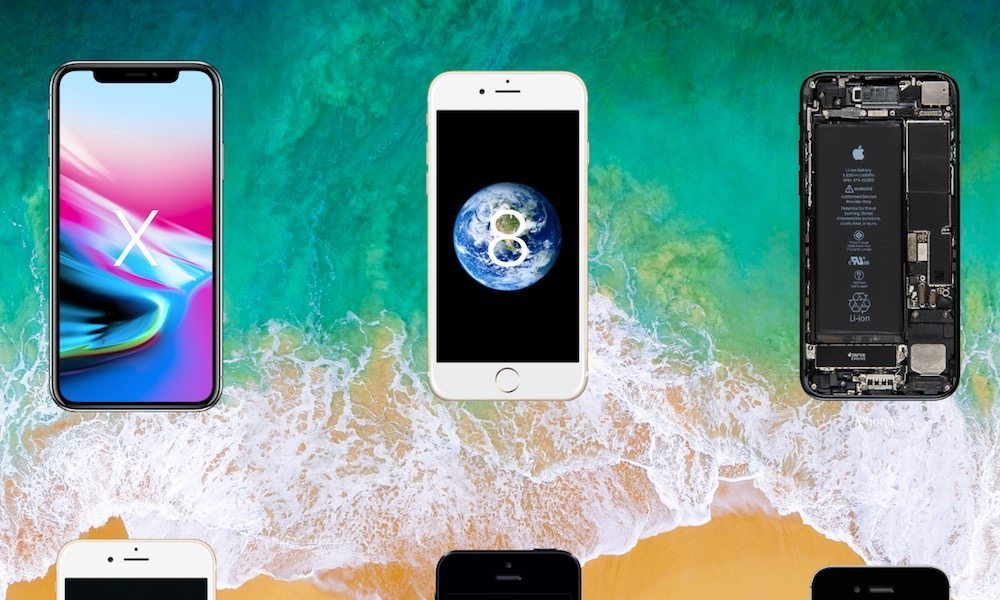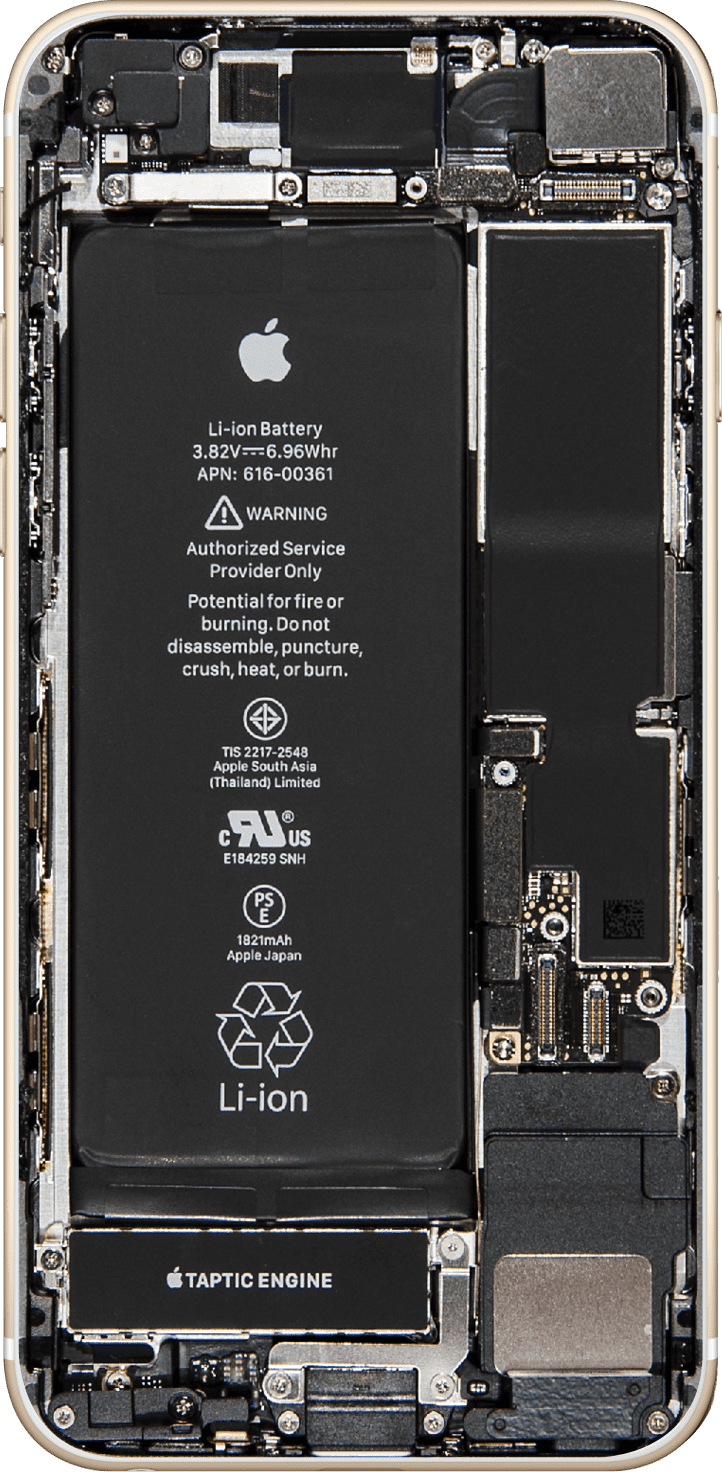Here’s How Much iPhone Internals Have Changed After 10 Years

Toggle Dark Mode
The iPhone’s form factor and design have obviously changed quite a bit since the very first Apple flagship debuted ten years ago. But what’s less apparent is how much the iPhone’s internals have changed.
To illustrate just how much the iPhone has progressed internally, Bloomberg has partnered with popular device teardown site iFixit to put together an interactive web page that lets users take a peek at almost every iPhone’s internals. The results are interesting, and provide a high-resolution glimpse at the guts that make your beloved Apple flagship work.

As an example, the above image is one of the internal components of the original iPhone — first debuted by Steve Jobs himself in 2007. To contrast, the image below is of the brand new iPhone 8, unveiled and launched by Apple in September.

At a glance, the difference is readily apparent. But they become even starker when you look at some of the specifications of each device.
Original iPhone
- The original iPhone had a bulky, yellow lithium-ion battery rated for 1,400 mAh.
- The device sports a 2-megapixel rear-camera. It lacks an LED flash and a front-facing camera.
- The first iPhone supported 2G, or EDGE, cellular connectivity. That’s so outdated that AT&T doesn’t even operate a compatible network anymore.
- Screen-wise, the original iPhone had a 3.5-inch display with a less-than-stellar 320×480 resolution.
- Storage options included 4GB, 8GB or 16 GB.
- The iPhone ran on a single-core processor with just 128MB of RAM.
- It used Apple’s 30-pin adapter, replaced by Lightning in 2012. It did have a mechanical Home button and a 3.5mm headphone jack, however.
iPhone 8 & iPhone 8 Plus
- The iPhone 8 has a much slimmer — yet taller — black lithium-ion battery rated for 1,812 mAh.
- Cameras have come a long way. The iPhone 8 sports a 12-megapixel camera (with a dual-lens module for the larger iPhone 8 Plus). It also has an 8-megapixel front-facing camera and True Tone LED Flash.
- Obviously, the iPhone 8 supports 4G LTE network connectivity — it’s also the fastest iPhone for network speeds.
- The iPhone 8 sports a 4.7-inch LCD display with a 1334×750 resolution. The iPhone 8 Plus, on the other hand, has a 5.5-inch 1080p display.
- Storage options include 64GB or 256GB.
- The iPhone 8 runs on Apple’s new A11 Bionic six-core processor with 2GB of RAM. Notably, it’s currently the fastest smartphone processor by far.
- The iPhone 8 has a capacitive Home button, no 3.5mm headphone Jack and a Lightning adapter.
If you’re a tech or Apple enthusiast, Bloomberg’s page is well-worth a visit. Although the publication hasn’t added certain iPhones — like the iPhone 5c or various “s” model devices — it has plans to. Additionally, the publication said it will continue to update the page as new iPhone models come out, meaning that it could be a good reference for Apple fans and tech news followers alike.






